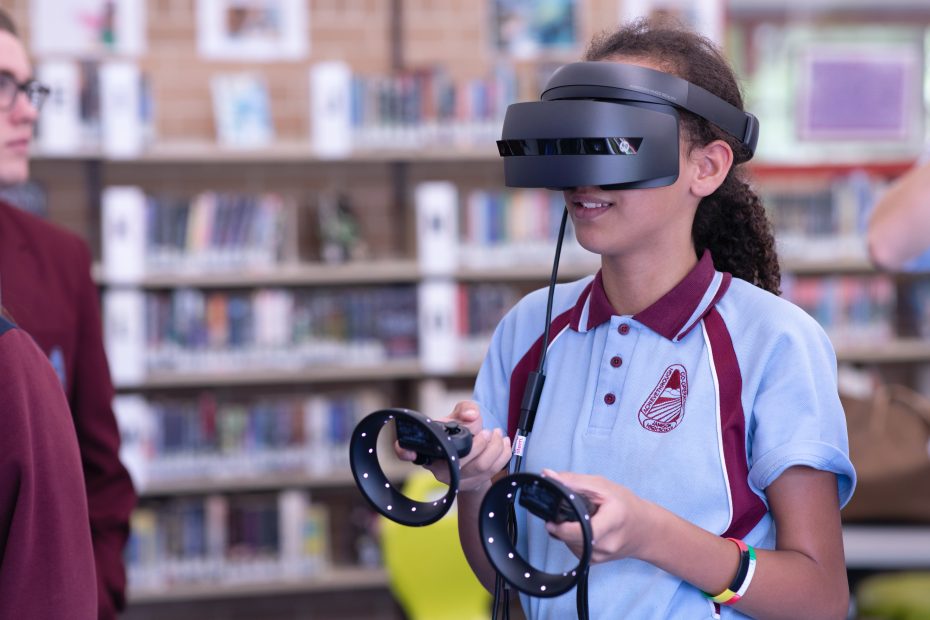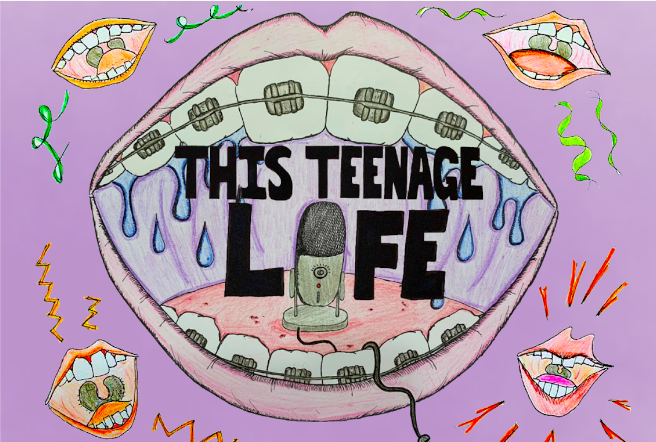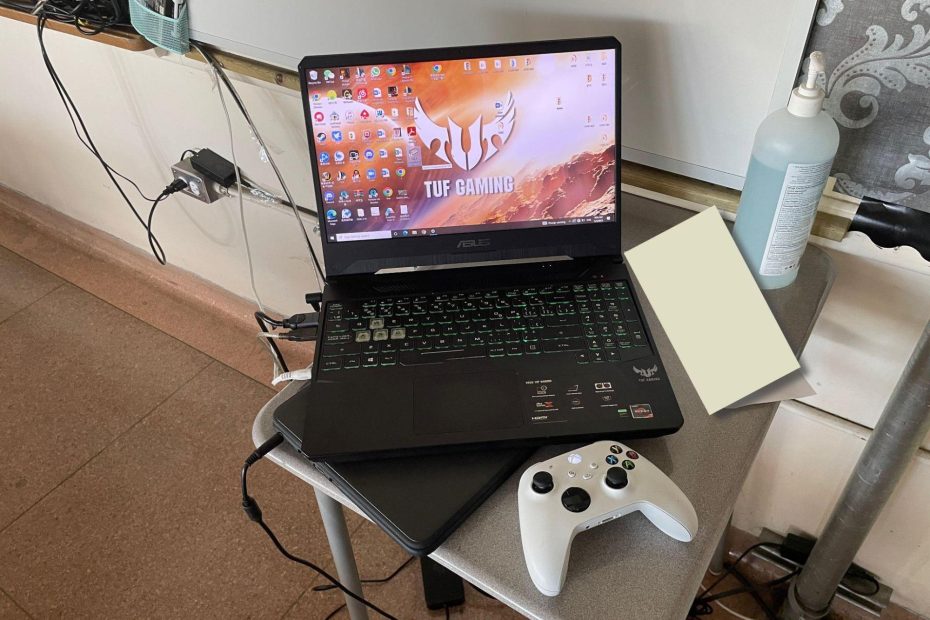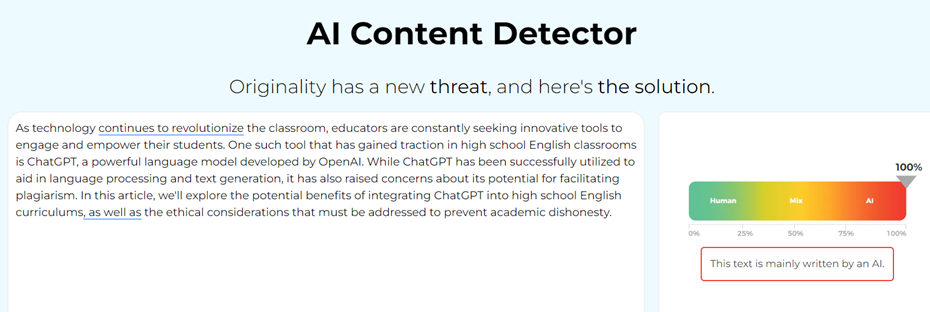Digital Diversifications: Special Edition for ELA Today
Commonly depicted as frivolous entertainment, wasted time, or even dangerous, students’ out-of-school digital interests are largely excluded from formal learning contexts. Moving past our own potential biases (and the ever-present technophobic headlines shouting “SCREEN ADDICTION!” and “VIOLENCE IN VIDEOGAMES!”), helps to reveal the ways in which youth turn to the digital to learn, forge community, and discover voice: processes most educators would deem as essential in ELA.






